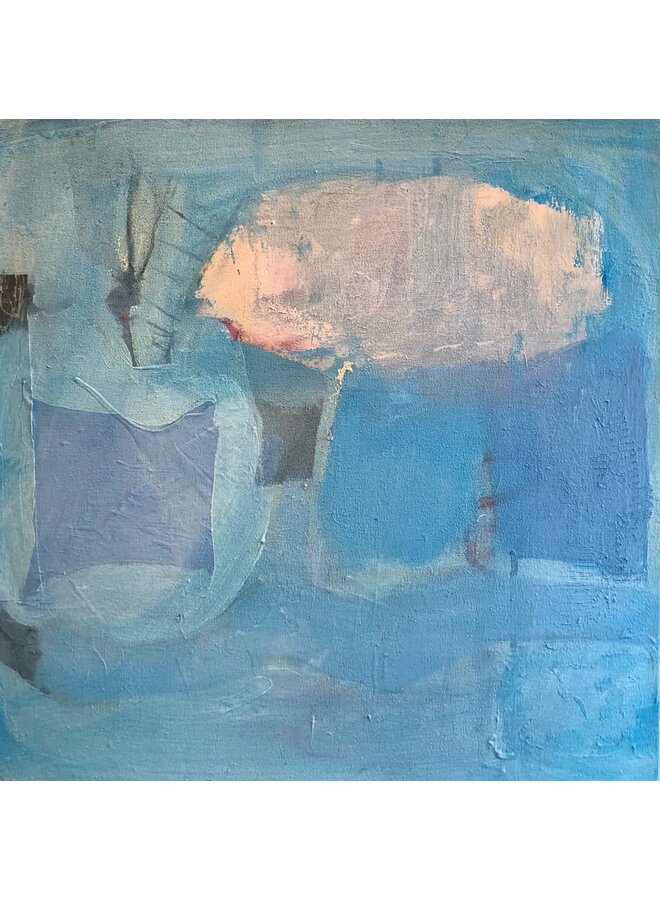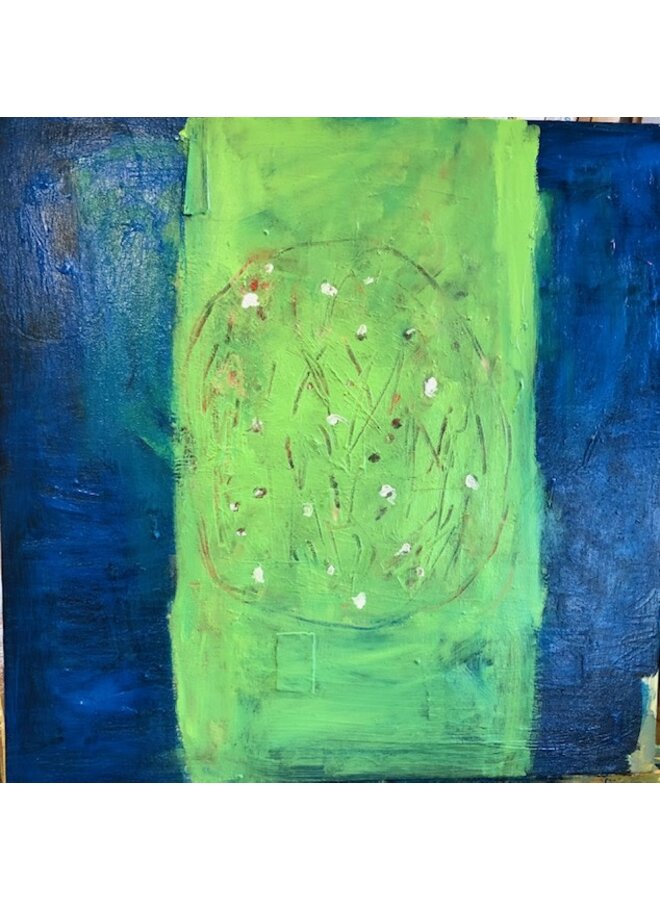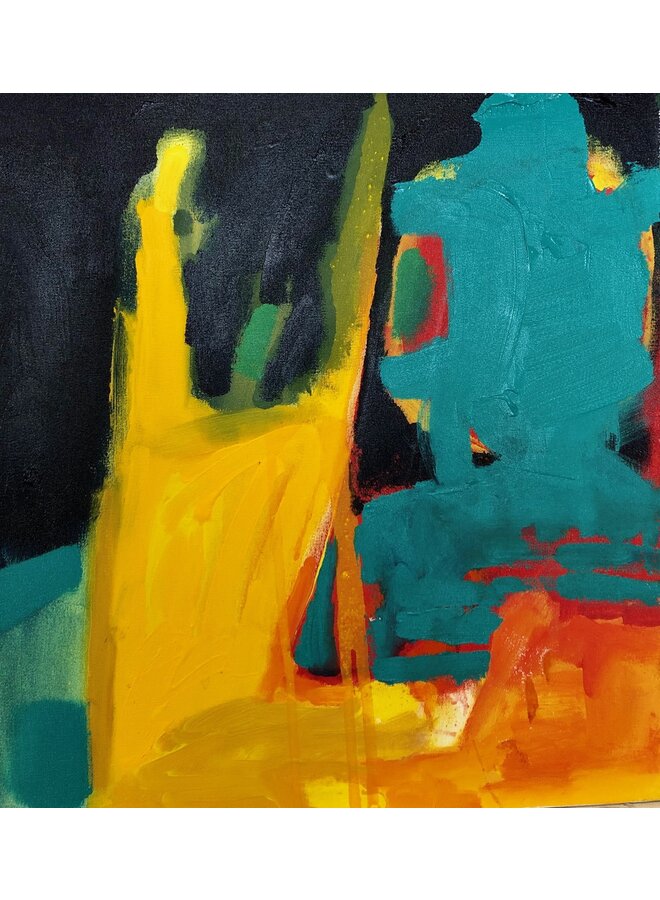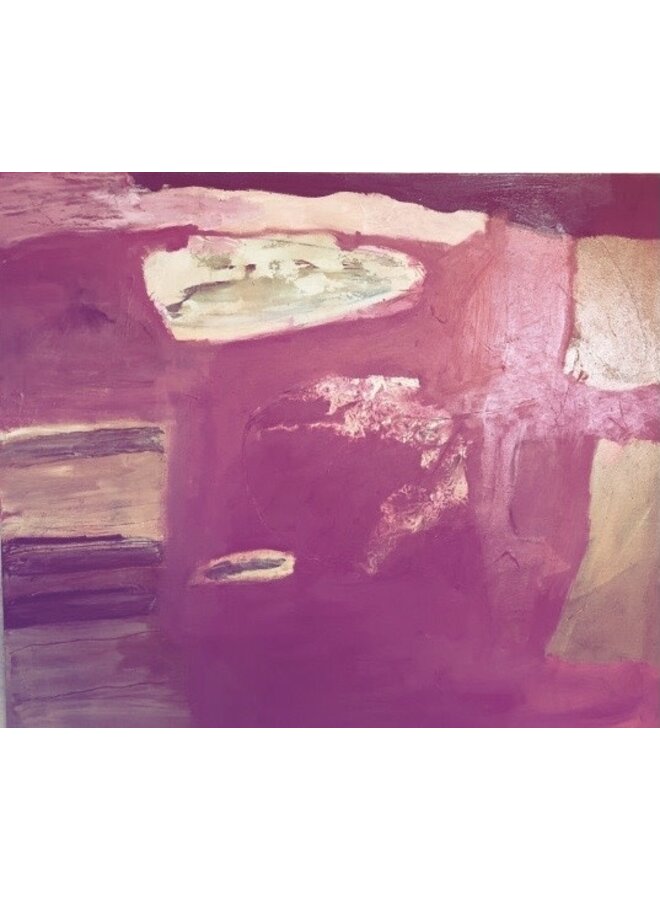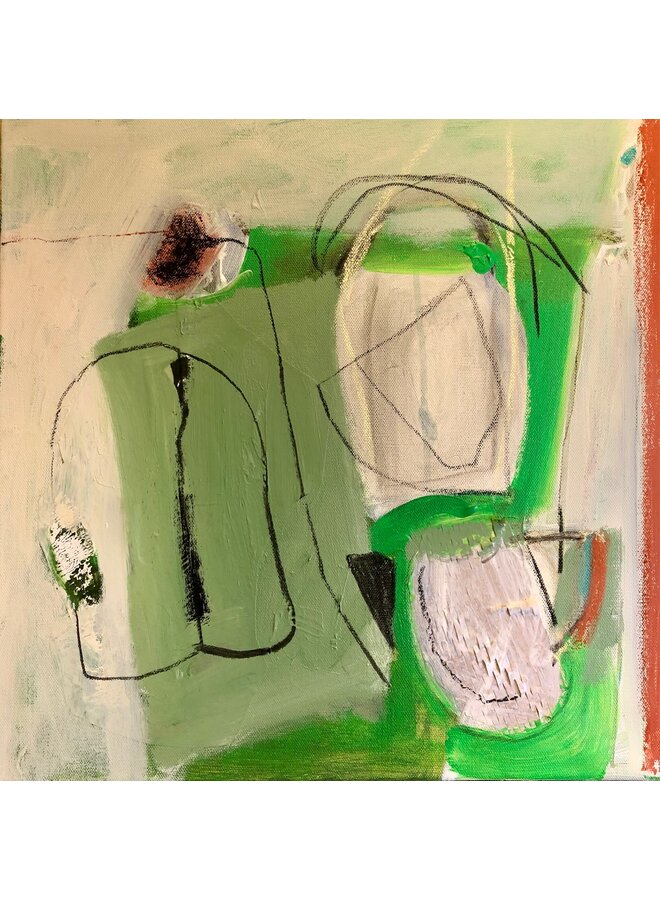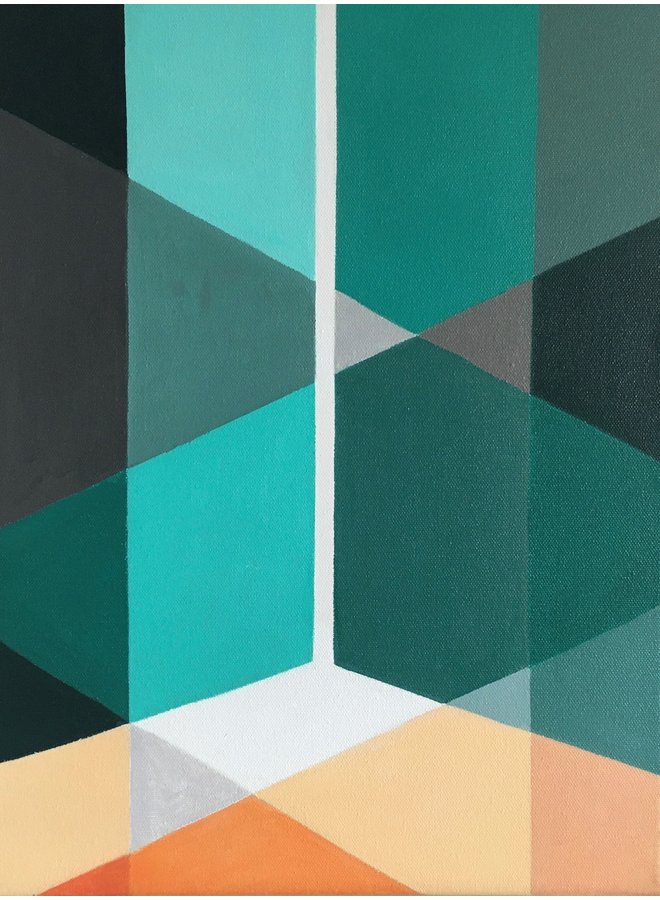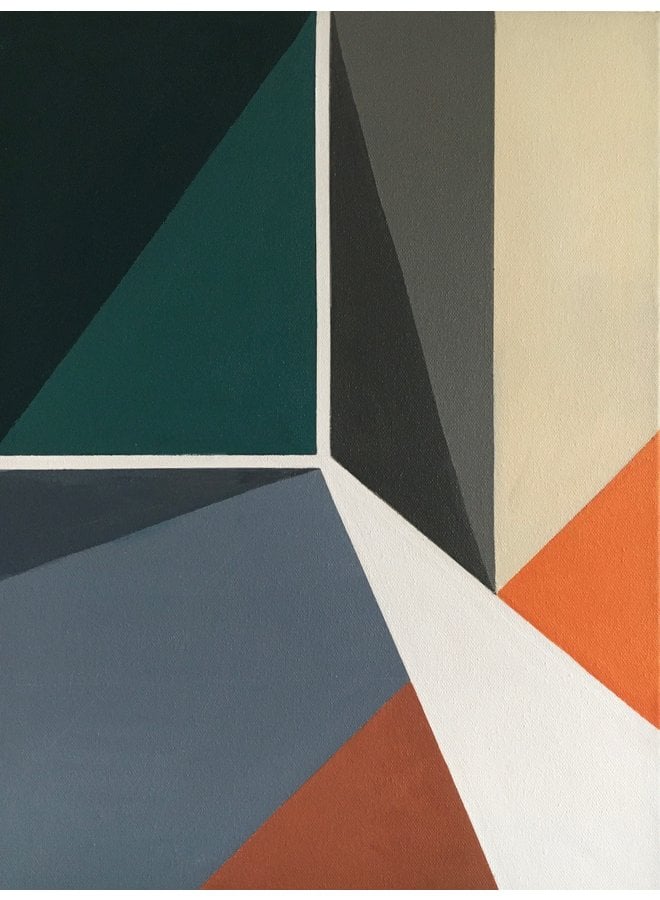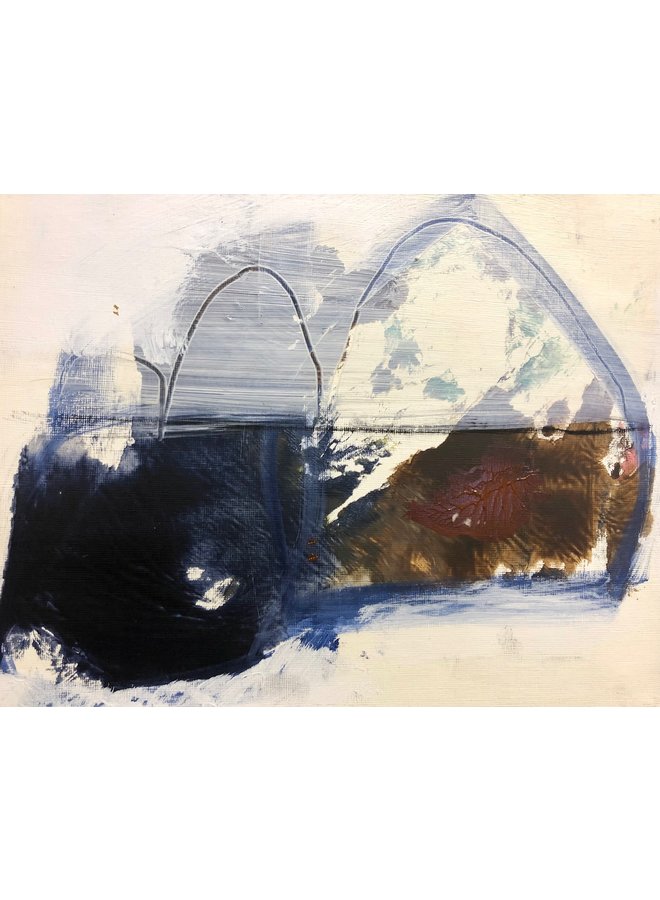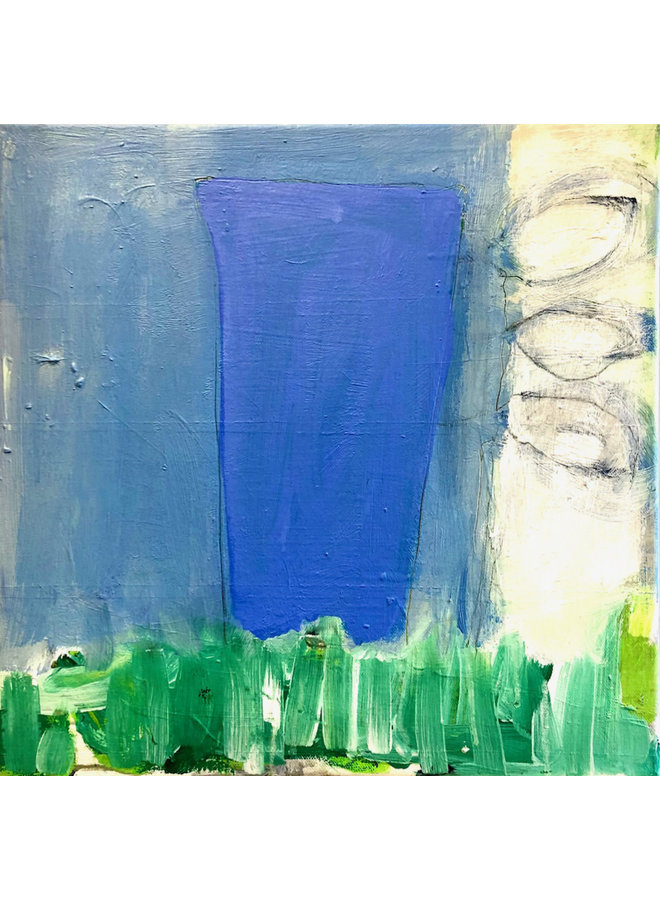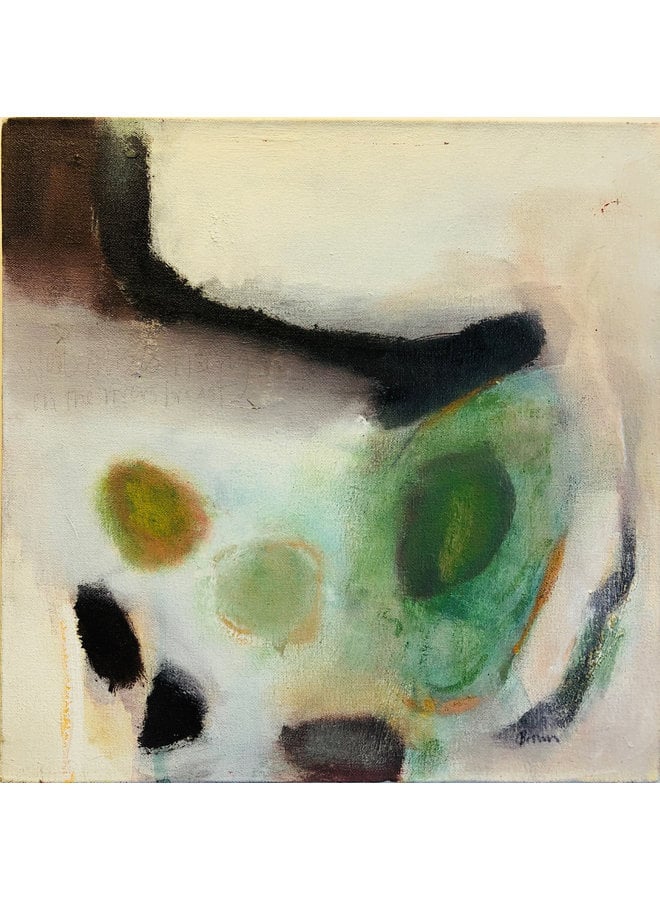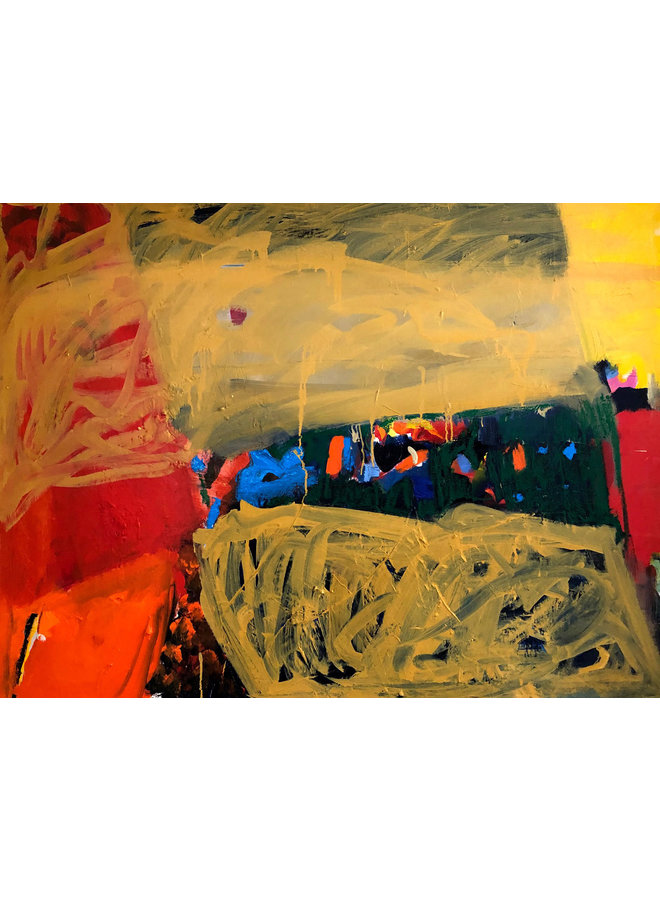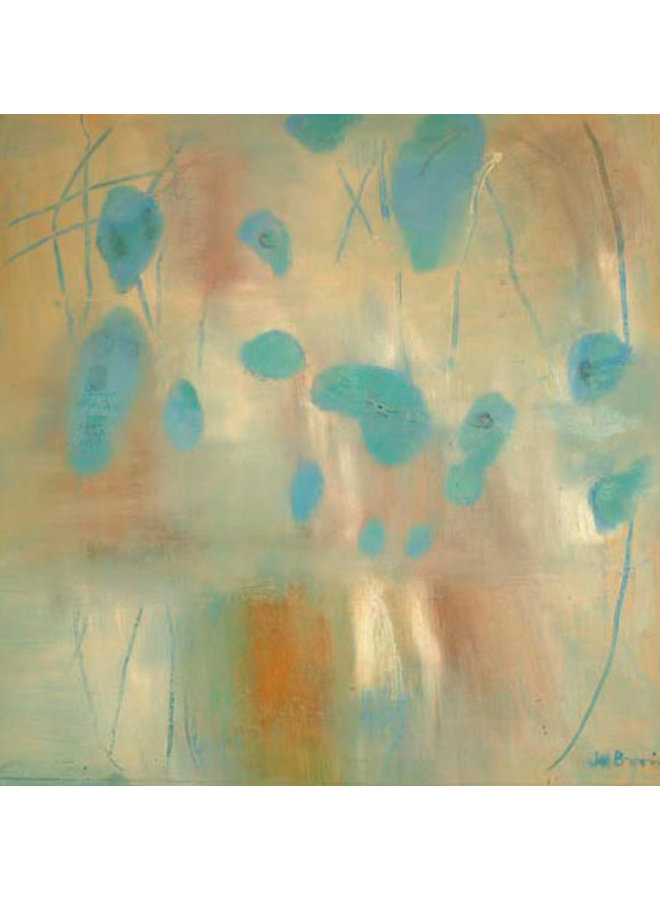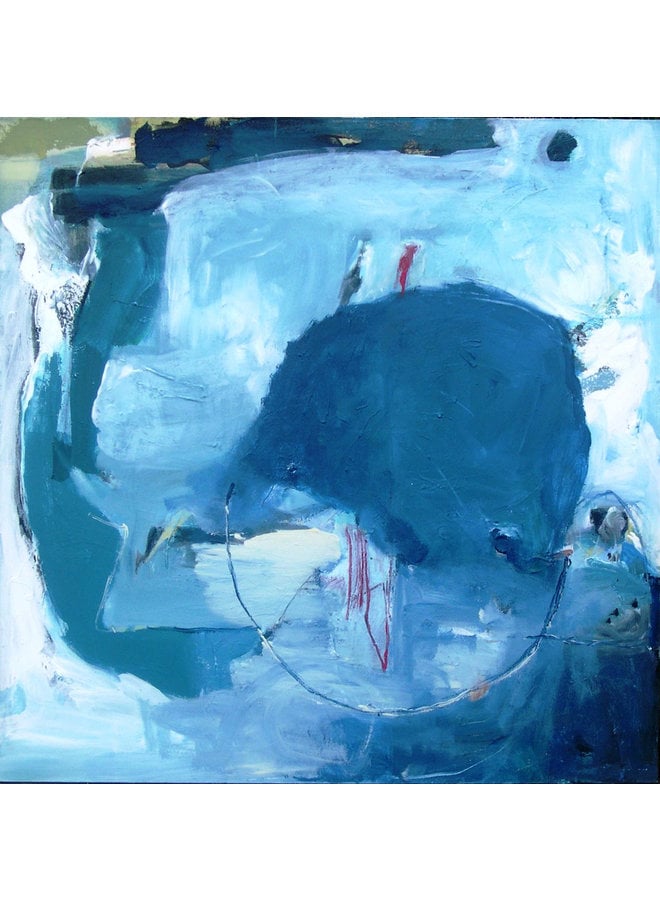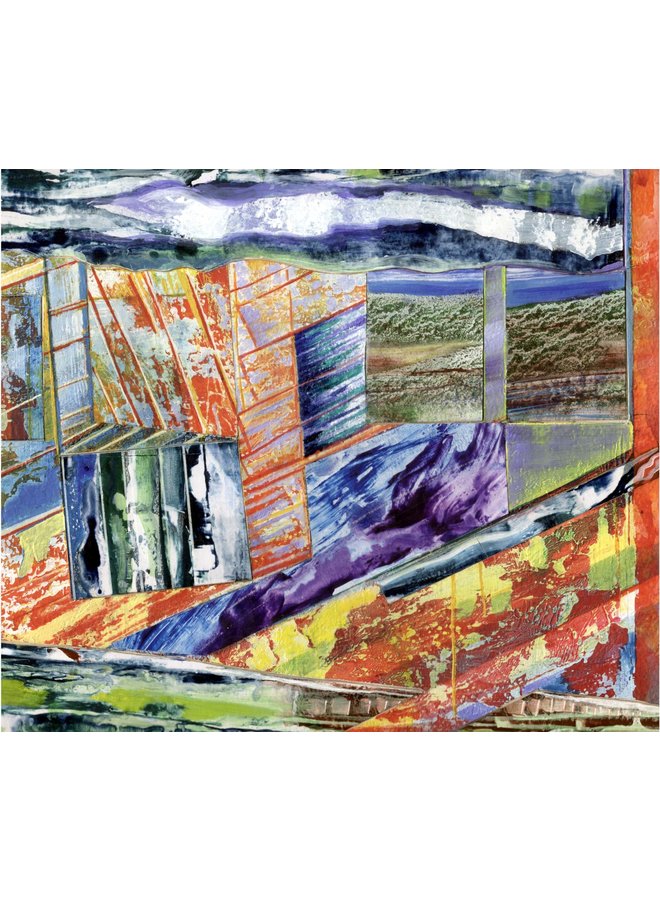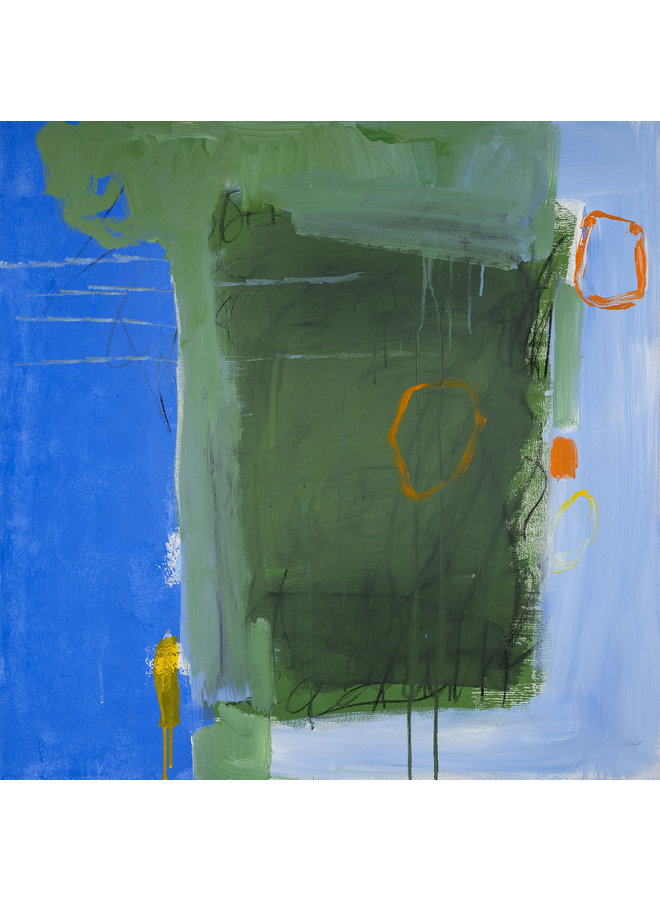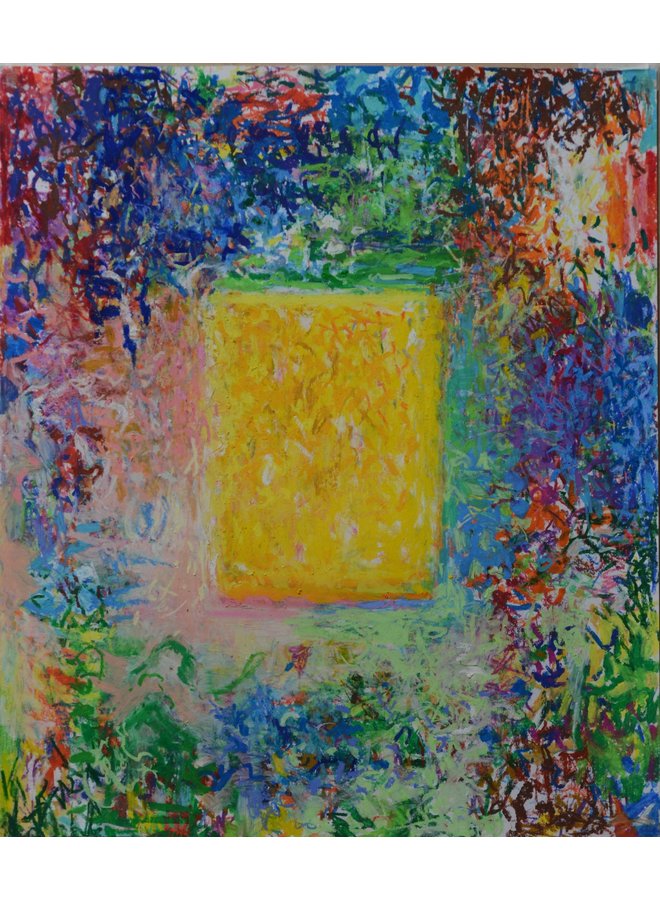Abstract
Referring to art that doesn’t depict recognisable objects, abstract art doesn’t try to realistically portray objects as we see them. Instead, it focuses our attention on the fundamentals of colour, line and form. Abstract art can be geometric or use free-flowing expressionist forms, depending on the approach of the artist. It may hint at recognisable shapes, or leave us to focus on pure washes of colour, encouraging us to notice details such as surface textures or the imprint of mark-making techniques.
In the mid 20th century, artists from the the St Ives School in Cornwall such as Ben Nicholson, Barbara Hepworth and Wilhelmina Barnes-Graham united their interest in avant-garde approaches with a keen interest in the natural world and the landscape around them. This was followed by artists such as Bridget Riley giving abstraction a Pop Art twist, using brightly coloured geometric patterns to create optical illusions. The resurgence of interest in painting in the 1980s reinterpreted techniques from past decades.
Contemporary artists working today in abstract styles draw on equally diverse sources of inspiration. Choosing abstract work for a collection or home can be as simple as being drawn to a particular colour palette or eye-catching form, but engaging with the inspirations behind an artist’s work can provide an insight into the many-layered interpretations that abstract art invites.


